The coefficient of discharge is a crucial parameter used to measure the flow rate of fluids in a Venturi meter. It is a dimensionless factor that relates the actual flow rate of a fluid to the theoretical flow rate.
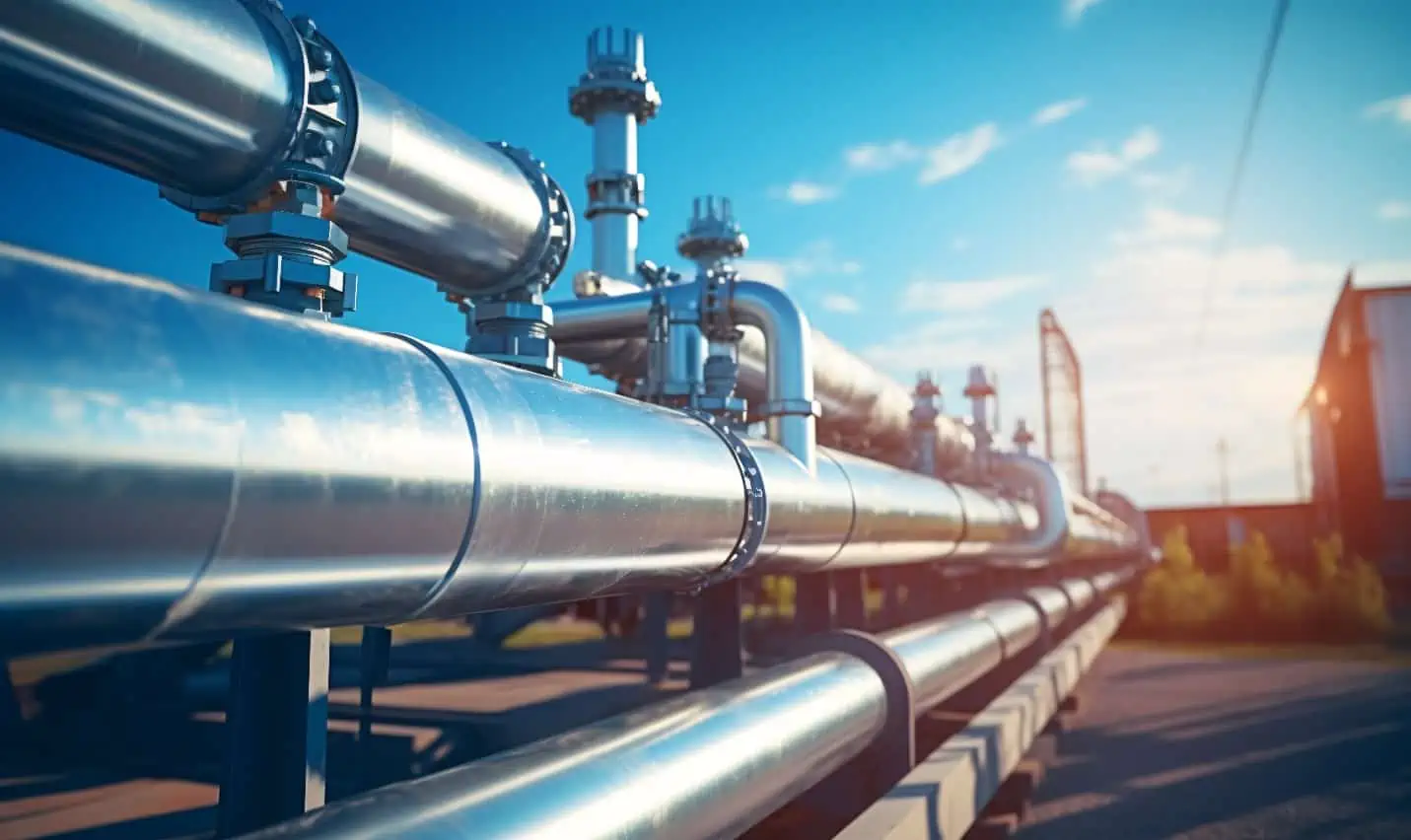
For highly turbulent flows, the discharge coefficient can be estimated as 0.99 for large tubes, and 0.97 or 0.98 for small tubes.
Coefficient of Discharge for Venturi Meter
A venturi meter is a differential flowmeter that measures fluid flow rate in a pipe. Compared to other differential flowmeters, it causes very low head losses, making it ideal for applications that cannot allow large pressure drops and require high accuracy. Examples of such applications include oil and gas pipelines, chemical processing plants, and water treatment plants.
A venturi meter consists of a converging section, a throat, and a diverging section, as shown in the diagram below.

Elevate Your Engineering With Excel
Advance in Excel with engineering-focused training that equips you with the skills to streamline projects and accelerate your career.
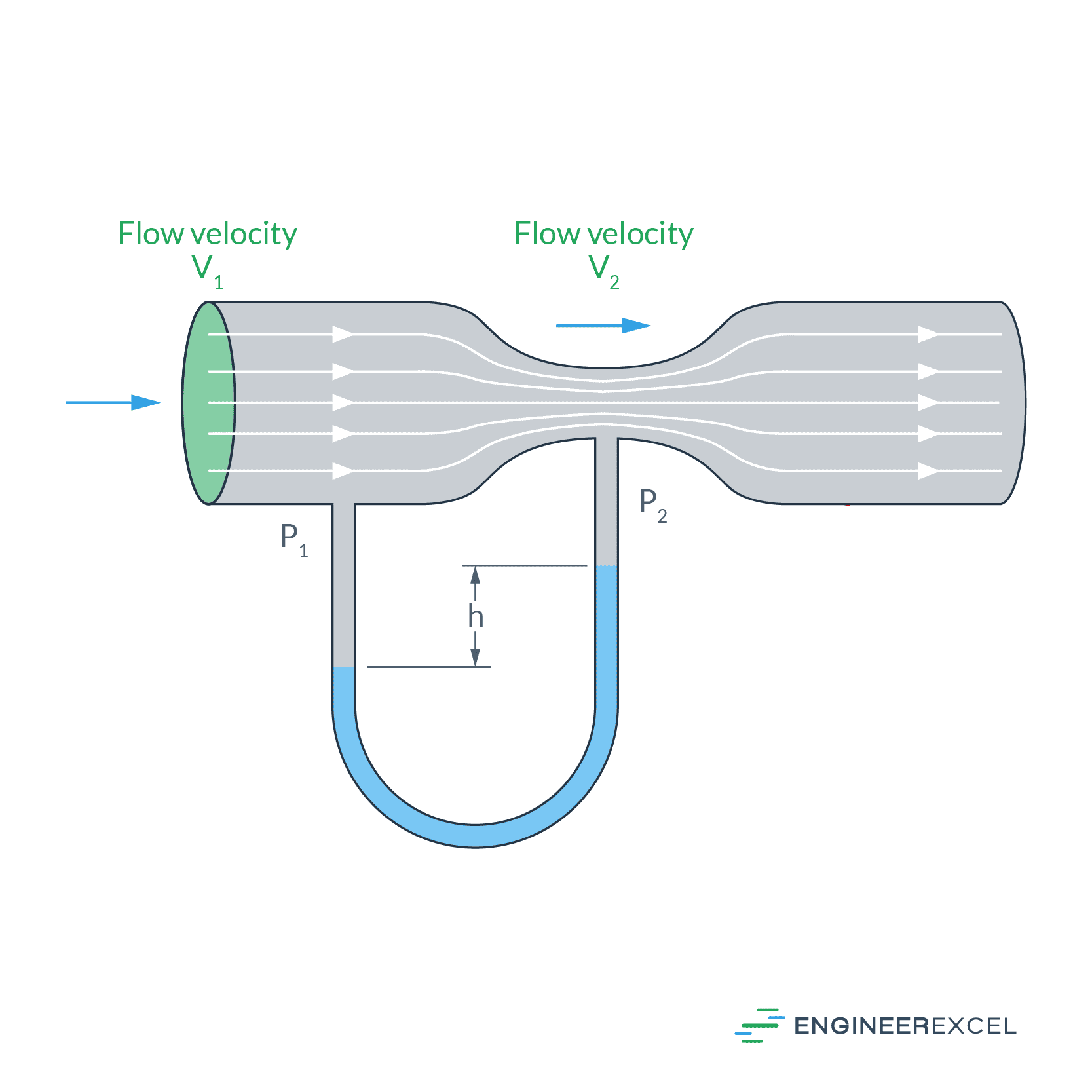
In the convergent section, fluid velocity increases as it narrows down. Upon reaching the throat, the fluid achieves its maximum velocity, and the pressure becomes minimal.
Moving on to the divergent section, the fluid restores its pressure-energy by slowing down in velocity. The recompression leads to an increase in fluid pressure. Between the inlet and throat, there is a significant pressure drop. This pressure drop can be used to calculate the flow rate.
The key principle behind the venturi meter is the Bernoulli’s equation, which relates the pressure, velocity, and elevation in a steady, incompressible fluid flow. The Bernoulli equation calculates the theoretical flow rate based on these parameters. However, the actual flow rate deviates from this prediction.
This is where the coefficient of discharge comes into play. By multiplying the theoretical flow rate by the discharge coefficient, you can obtain a more accurate estimate of the actual flow rate.
The formula for the volumetric flow rate across a Venturi meter then becomes:
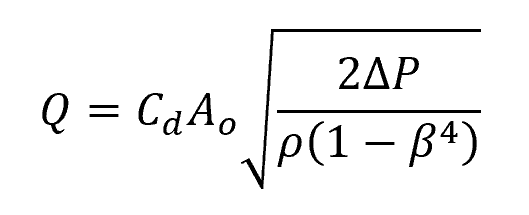
Where:
- Q = volumetric flow rate [m3/s]
- Cd = discharge coefficient [unitless]
- Ao = cross-sectional area of the throat [m2]
- ΔP = pressure difference between the inlet and throat [Pa]
- β = ratio between the throat diameter and pipe diameter [unitless]
- ρ = fluid density [kg/m3]
The coefficient of discharge is a dimensionless parameter that represents the ratio of actual flow rate through a venturi meter to the theoretical flow rate. This value accounts for the losses due to friction, wall roughness, pipe geometry, and other factors that affect the flow. Its value ranges between 0 and 1, with 1 indicating a perfect match between theoretical and actual flow rates.
Factors Influencing Coefficient of Discharge
The coefficient of discharge for a venturi meter depends on various factors, including Reynolds number, fluid properties, construction of the meter, and installation conditions.

By considering these factors, you can ensure accurate and reliable measurements with your venturi meter.
Reynolds Number
Reynolds number is a dimensionless quantity that helps predict fluid flow patterns in different situations by measuring the ratio between inertial and viscous forces, and is used to determine whether fluid flow is laminar or turbulent. In general, the higher the Reynolds number, the higher the discharge coefficient.
This is illustrated in the graph below for water at 72°F flowing through a Venturi tube with a diameter ratio of 0.5.
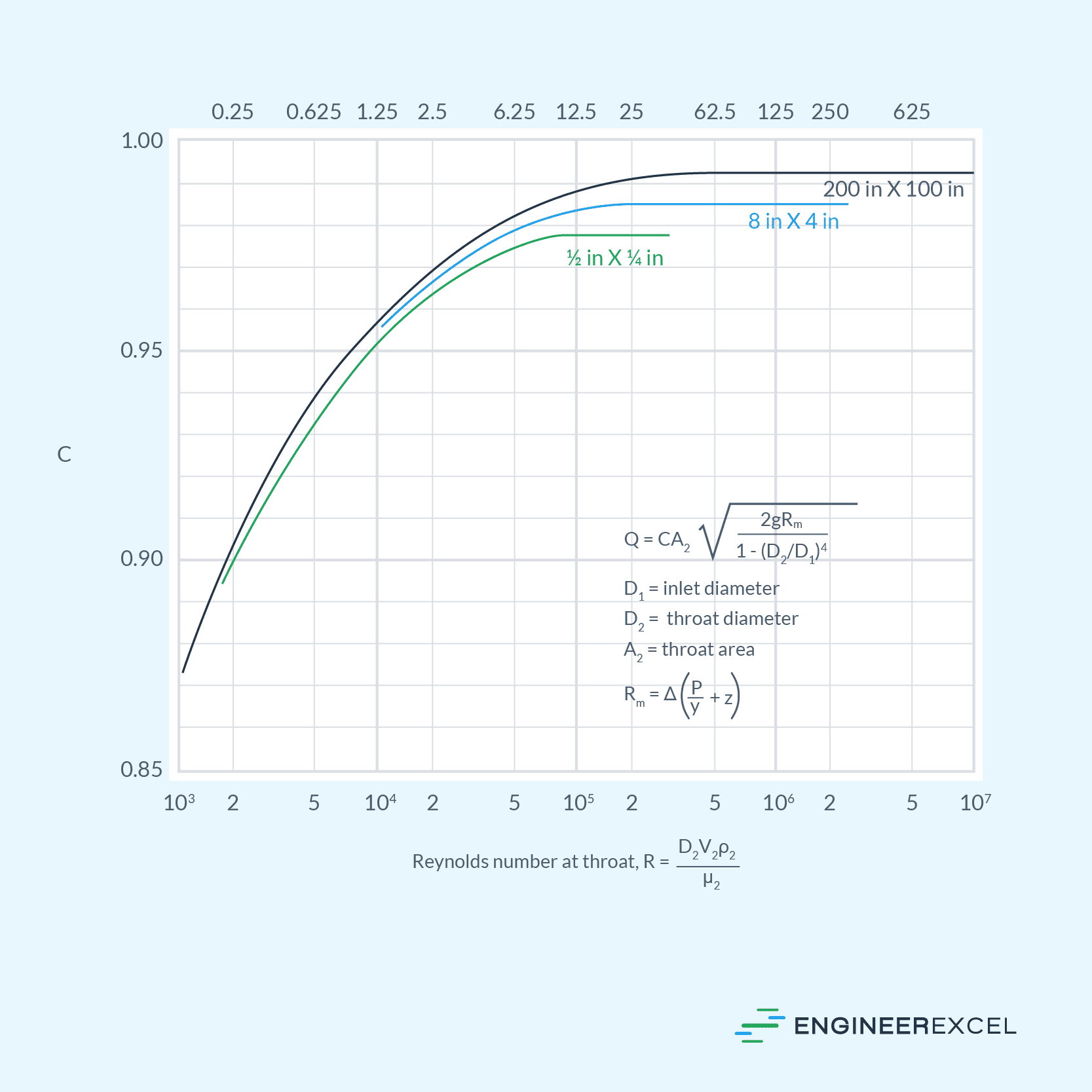
Fluid Properties
Fluid properties like viscosity, density, and temperature also affect the coefficient of discharge. For accurate measurements, make sure to adjust the coefficient of discharge based on the actual fluid properties in your system.
Meter Construction
Machining and meter construction play an essential role in determining the discharge coefficient. High precision manufacturing and smooth surface finish contribute to a higher coefficient of discharge. Ensure that your venturi meter has the required manufacturing quality for reliable measurements.
Installation Conditions
Installation conditions greatly influence the accuracy and performance of a venturi meter. Correct pipe installation, proper alignment, and no air pockets in the liquid flow are crucial factors. Always follow the manufacturer’s guidelines when installing a venturi meter.
Determining Coefficient of Discharge for Venturi Meter
Venturi meters are known for their high discharge coefficients, typically ranging from 0.90 to about unity in the turbulent flow regime. This is primarily due to their streamlined design, which allows for efficient fluid flow.
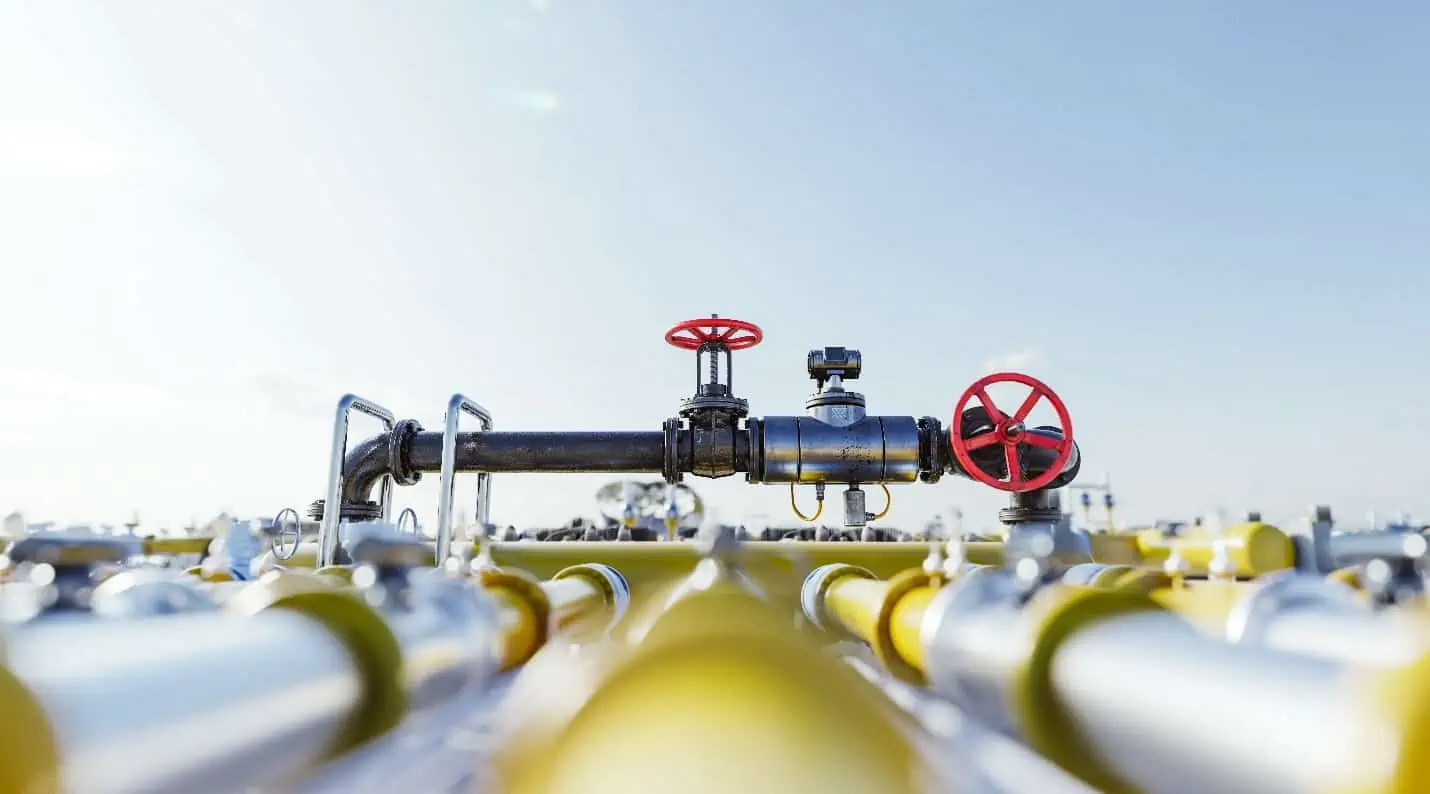
The value of a venturi meter’s discharge coefficient is primarily dependent on two factors: the Reynolds number and the ratio between the throat diameter and pipe diameter. For Reynolds numbers greater than 105, the discharge coefficient is typically assumed to be 0.99 for large tubes, and 0.97 or 0.98 for small tubes, in the absence of specific data.
However, this coefficient may decrease slightly due to factors such as surface roughness or scale buildup. With prolonged use, Venturi tubes may experience a decrease in their discharge coefficient of around 1-2%.
To determine the actual coefficient of discharge, it is necessary to calibrate the meter against a known flow rate. This can be done by installing the meter in a test rig, where the flow rate is measured using a flowmeter with a known discharge coefficient. The flow rate through the Venturi meter is then adjusted until it matches the flow rate measured by the flowmeter.
The coefficient of discharge can then be calculated using the following formula:
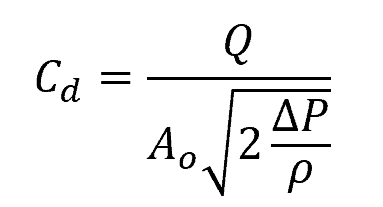
It is important to note that the value of the coefficient of discharge may vary depending on the conditions under which the meter is calibrated. Factors such as fluid viscosity, temperature, and surface condition of the meter can all affect the value of the coefficient of discharge.
In general, it is recommended to calibrate the meter under conditions that are representative of the actual operating conditions. This may require adjusting the flow rate, temperature, or pressure to match the actual conditions. Once the coefficient of discharge has been determined, it can be used to calculate the actual flow rate through the meter for a given differential pressure.
It is also important to note that the discharge coefficient of a Venturi meter may change over time due to factors such as wear and tear, corrosion, or buildup of deposits. Regular maintenance and calibration can help ensure that the meter continues to provide accurate measurements over time.
